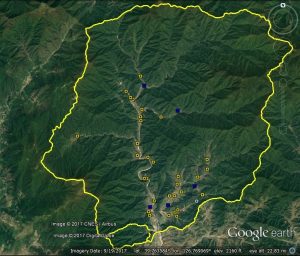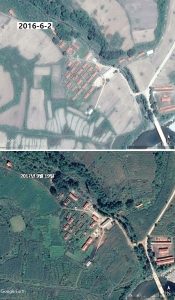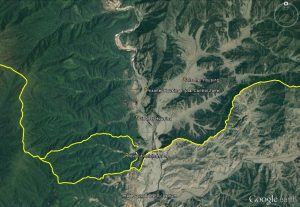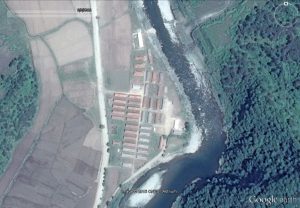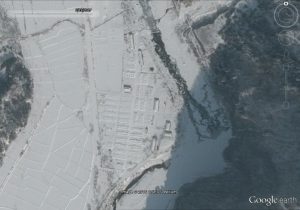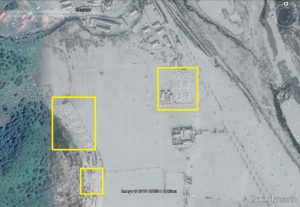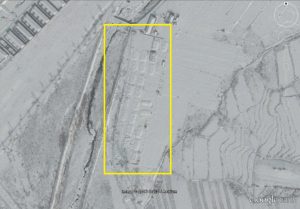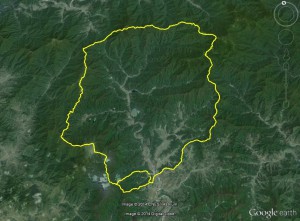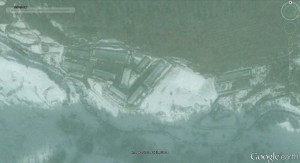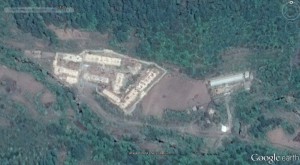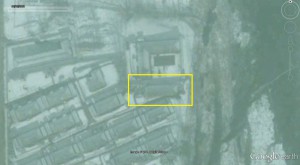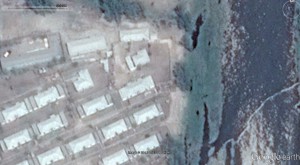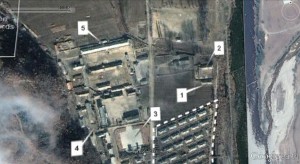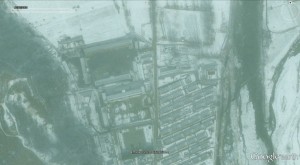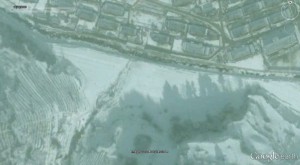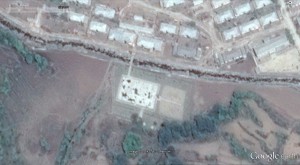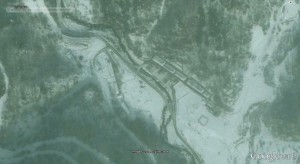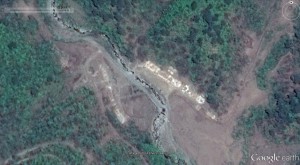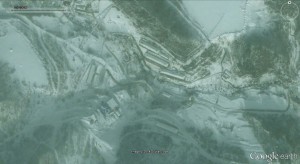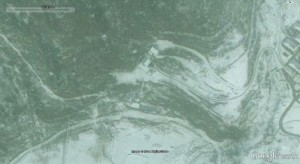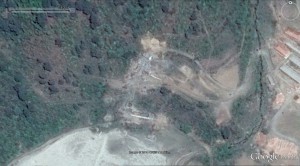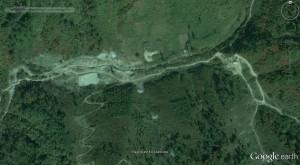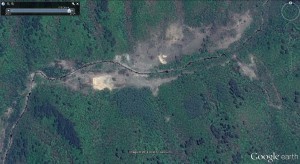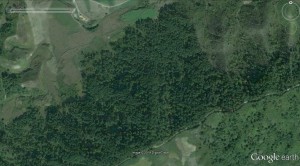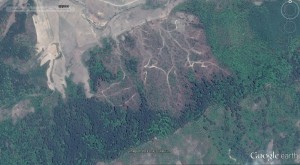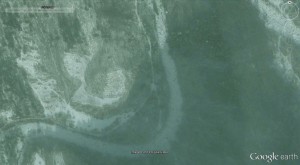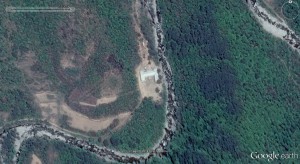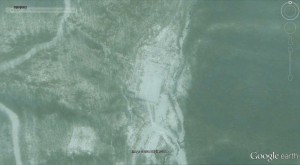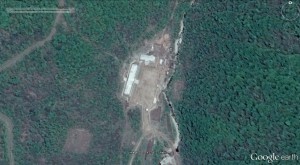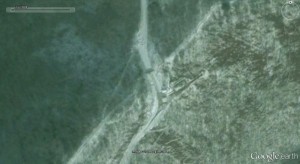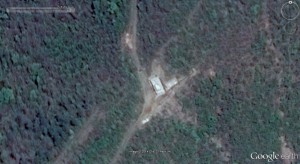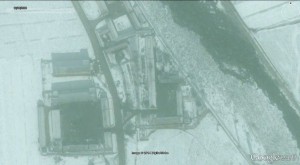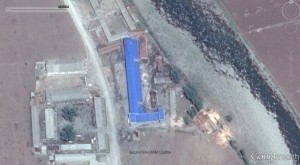By Benjamin Katzeff Silberstein
Unification Media Group (and Daily NK) continues their series of videos from North Korea highlighting some of the trends and features of the economy. The new video shows, among other things, how private companies are renting space from state enterprises, and notes that private alternatives to state-run businesses often function more smoothly:
Although North Korea?s private economy continues to develop, the public sector is showing signs of rapid decline. This is partly explained by the rise of North Korea?s newly-affluent middle class, who are referred to as ?the donju.? Donju traders study the preferences of consumers in order to make profits, while state companies continue to operate according to bureaucratic management principles that have remained unchanged for years.A video obtained exclusively by Daily NK and filmed inside North Korea?s Chongjin City shows evidence of these trends. In the video, a state-run bathhouse called ?Sunam Undokwon? can be seen. In North Hamgyong Province, the state manages a variety of businesses, including barbershops, beauty salons, and restaurants. While the shops appear well kept on the exterior, the interiors reveal the true state of the businesses. The bathhouse, for example, does not have properly running water. Problems like this have caused a steep dropoff in clientele at state-run businesses.In contrast, bathhouses operated by the donju have drawn a large customer following as they strive to cater to the needs of their clients. A privately-operated bathhouse and a soft drink vending stall can be seen in the video within a business center called Chongjin Shop. The Chongjin Shop is run by Kangsung Trading Company, which itself has an affiliation with the Ministry of the People?s Armed Forces. The bathhouse here has reliably running water and a steam room, and thus is the preferred bathhouse in the area.?The water isn?t heated at the state-run bathhouse, so customers are forced to fill up small buckets and heat them up on small coal-fired stoves. The brown smoke and burning stench are so severe that customers tend to avoid it. But the privately-run bathhouses have robust fireplaces and the hot water always comes out strongly and without interruption,? an inside source from North Hamgyong Province told Daily NK.Unlike public bathhouses, private shops offer ttaemiri, professionals who scrub down the bathers with abrasive cloths designed to exfoliate the skin. This service is creating a lot of buzz among customers, with factory workers coming to work as ttaemiri in the evenings. The popular service is drawing in donju and Workers’ Party cadres alike, as they flood into the bathhouses after eating dinner to relieve their stress.Because the private bathhouses offer these additional services, the fees are higher than the public baths. Access to the open bath costs about 2,000 KPW, while access to the individual baths costs between 5,000-10,000 KPW. These prices are about 1,000-1,500 KPW higher than the state-run establishments. However, owing to the rise in demand for clean, professional bath services, the private shops are attracting more customers.When asked to explain the popularity of these businesses, the source said, ?Because Chongjin is host to a relatively large number of people who make money through the marketplace, private businesses like bathhouses are able to operate more or less according to market principles. Both cadres and donju find the private bathhouses to be convenient since, unlike public bathhouses, there is no need to show one?s ID card upon entrance.?For these reasons, private businesses are gaining the edge over state-run businesses. There are some instances where publicly constructed buildings are being rented out entirely to donju entrepreneurs, indicative of the increasing dependence of the state economy on the private sector. On one side of the Chongjin Chemical Fiber Complex, a private business sign reads, ?Resin-Aluminum Window [Frame] Production? – an example of a privately-run business that is renting out an area of a state-owned building.The practice of renting out public buildings to private businesses has become particularly prominent since Kim Jong Un came to power. For the donju, such arrangements are more cost-effective than building a new facility from scratch. For the authorities, it offers a way to earn money from buildings that would otherwise be empty and unproductive.The source continued to describe the arrangements, saying, ?The donju pay fees to party cadres to rent out the building and carry out their business there. Renting out public buildings is officially illegal, but the party cadres are just as adept at earning money. So when donju come around looking to do business, the cadres just about throw themselves into the deal. The rental cost depends on a number of factors, like the currency that the payments will be made in (US dollar versus North Korean won) and the schedule of payments.?Ever since the July 1st Economic Management Improvement Measures were introduced in 2002, the North Korean authorities have inconsistently permitted and then restricted the development of the private economy. Now, in an unexpected development, the public economy is beginning to trail behind the private economy. Marketization has expanded beyond the strict controls of the authorities, and the state economy is now striving to paradoxically maintain its vigor by extracting money from the private economy.For this reason, business practices that are based on fundamental market principles are spreading with greater speed among the residents. It is likely seen as a potential threat to the stability of the Kim Jong Un regime. However, because the state economy has become dependent on the success of the private economy, an abrupt crackdown on the markets could produce self-inflicted wounds.?Large construction projects and convenience services were once all run by the state, but now, businesses in these industries are succeeding based on market principles. If the authorities do not dramatically restructure the system sometime soon, it will be difficult to reverse the trend,? an inside source from North Hamgyong Province recently told Daily NK.Both the donju?s accumulation of power and the resident?s tendency to prioritize money over party loyalty threaten to undermine the regime?s power base. It is therefore possible that the regime may punish a few donju or merchants as scapegoats in order to set an example.As the private economy continues to flourish, it is possible to see residents using other methods to earn money. Some residents choose not to enter the official marketplace, and instead sell their products in back alleys adjacent to Sunam Market. One such merchant can be seen offering ?Rock Portraits.? These are portraits of clients hand painted onto rocks.?The government is struggling to keep up with the rapid development and diversification of the private economy. The Ministry of State Security and the Ministry of People?s Security usually label new economic activities and services as illegal. Eventually, as they start to receive bribes, they choose to look the other way and the practice becomes more mainstream,? the source said.Illegal currency traders can also be seen offering services in front of a Chongjin foreign currency store. According to the source, these currency traders have rapidly increased in number over the last few years, and stroll about in front of the store and approach customers who may need to exchange currency. It?s a profitable industry that exists due to daily fluctuations in the currency rates.?Even residents who don?t normally visit foreign currency exchanges are using the exchange services because they want to accumulate savings in a different currency (ie. not North Korean won). Residents, who fear another devastating currency redenomination like the one that occurred in 2009, are openly circulating foreign currency,? the source added.

